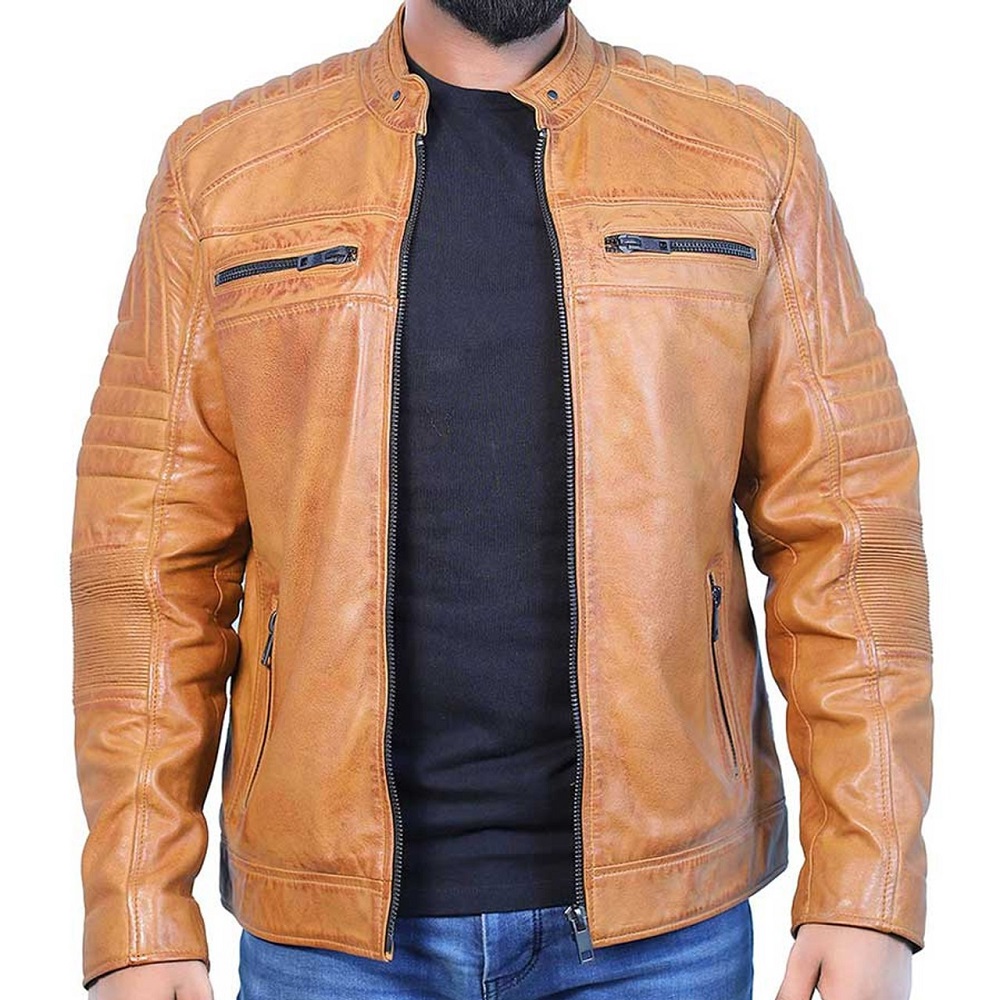Introduction to Real Leather Jackets
The Timeless Appeal of Leather
Leather jackets have long been a symbol of style and sophistication. Their rich texture and classic look set them apart from other materials. The appeal of a real leather jacket extends beyond aesthetics; it reflects quality, craftsmanship, and a sense of individuality. Many people associate leather jackets with rebellion and adventure, thanks to their iconic presence in film and fashion. As a result, owning a leather jacket can feel like possessing a piece of history.
Understanding Real Leather
Real leather is derived from animal hides, primarily cowhide, sheepskin, or goatskin. Unlike synthetic materials, real leather has unique characteristics that make it both luxurious and durable. It develops a natural patina over time, enhancing its beauty with age. However, this beauty requires proper care to maintain its quality. Understanding the types of leather and their properties can inform how best to care for a jacket, ensuring it remains in excellent condition for years to come.
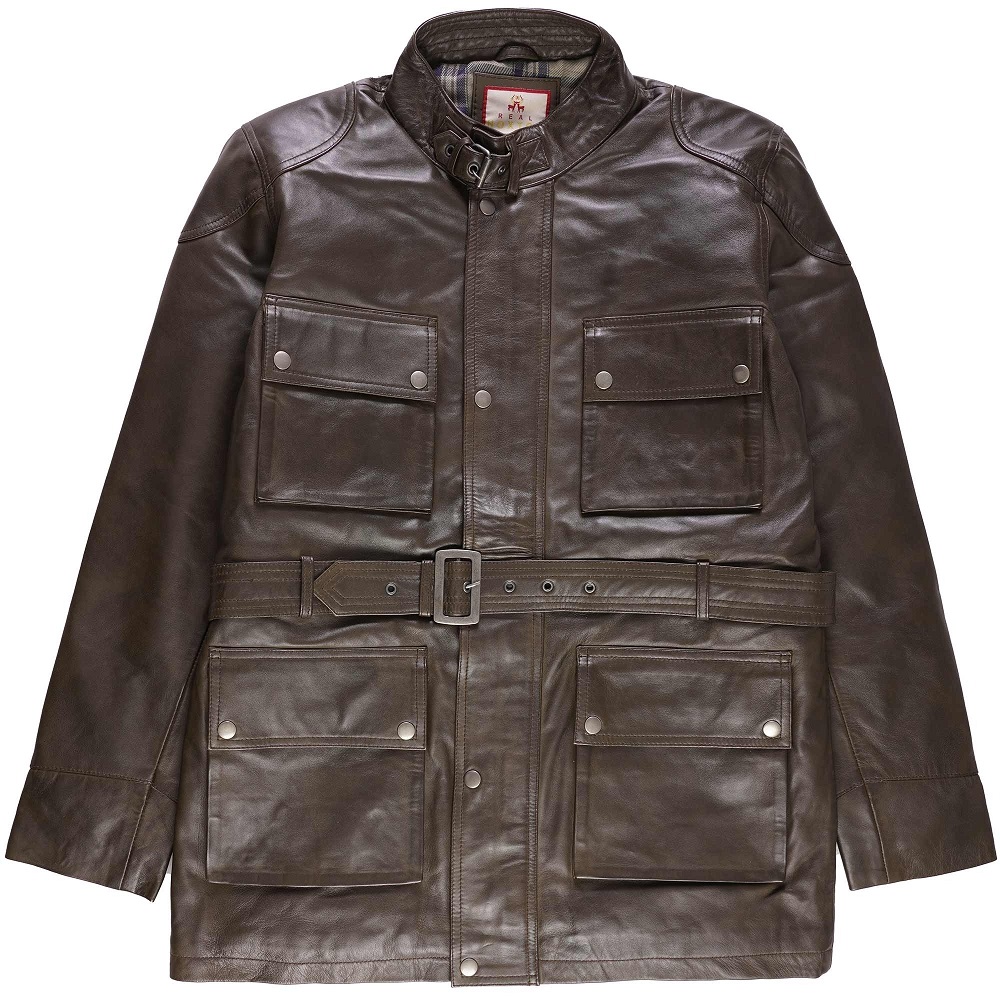
Overview of the Article
In this article, we will explore essential care tips for maintaining the quality of real leather jackets. We will discuss different types of leather, proper cleaning methods, and effective storage solutions. Additionally, we will cover how to protect against environmental damage and make minor repairs. By following these care tips, you can ensure that your leather jacket retains its charm and durability over time.
Types of Leather Used in Jackets
Cowhide Leather
Cowhide leather is the most common material used for leather jackets. It is known for its strength and durability, making it an excellent choice for outerwear. Cowhide can withstand wear and tear while offering a blend of comfort and protection. Its thickness can vary, but it often has a smooth finish that feels great against the skin. Many classic leather jackets are made from cowhide, reflecting its popularity in fashion.
Sheepskin Leather
Sheepskin leather is softer and lighter than cowhide, offering a luxurious feel to the wearer. Due to its softness, it is often more comfortable for daily use. Sheepskin jackets feature distinctive grain patterns, adding character to each piece. While they provide good insulation, they may require more careful handling to avoid damage. Sheepskin is ideal for stylish, warm jackets suitable for milder weather.
Goatskin Leather
Goatskin leather is known for its unique texture and flexibility. It is lighter than both cowhide and sheepskin, making it an excellent option for jackets that require movement and agility. Goatskin has a slightly pebbled surface, giving it a distinct appearance that stands out from other leathers. Additionally, goatskin is resistant to moisture, allowing it to handle wetter conditions better than many other leathers. This quality makes it a great choice for fashionable yet functional jackets.
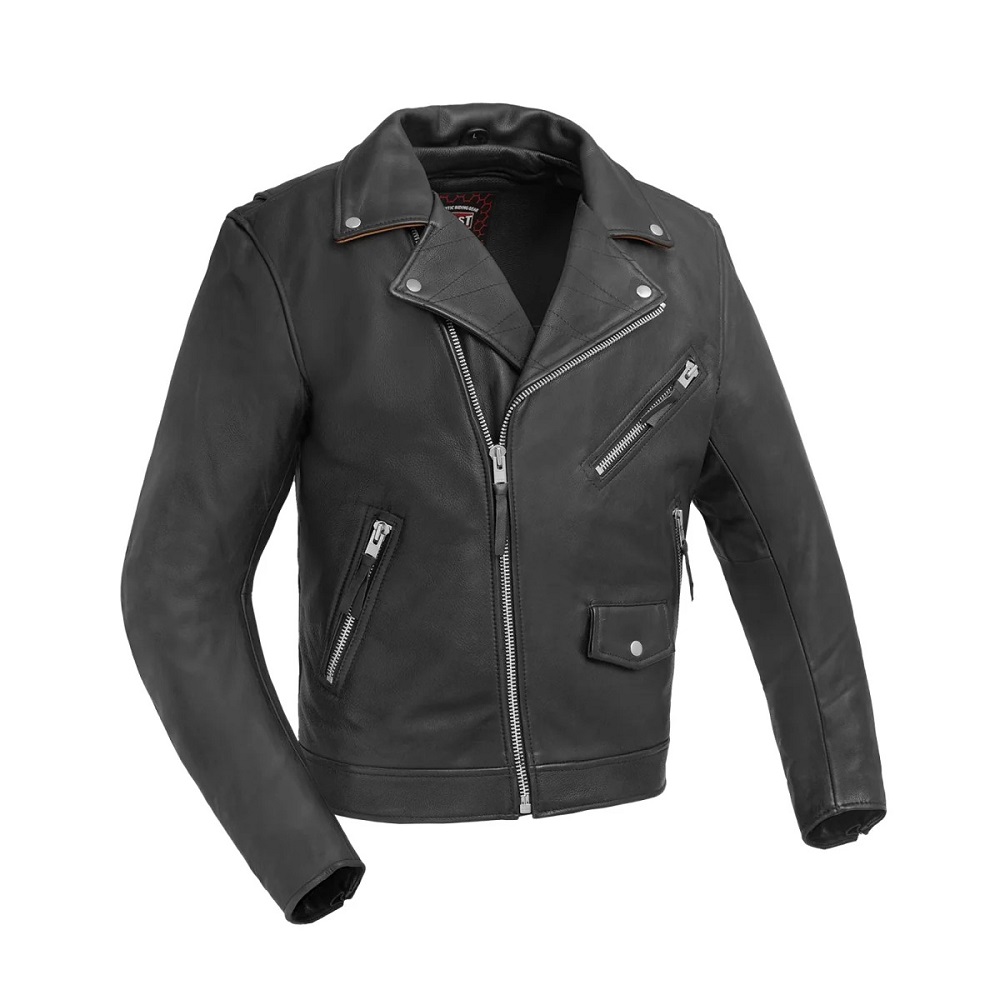
Cleaning Your Leather Jacket
Regular Dusting
One of the basic maintenance routines involves regular dusting of the jacket. A soft, dry cloth can be used to remove surface dust and dirt. This simple step will prevent buildup that can lead to stains or discoloration over time. Pay special attention to seams and creases where dust may accumulate. Regular dusting is a quick way to keep your jacket looking fresh without requiring extensive effort.
Spot Cleaning Stains
Stains can occur from spills or contact with dirt. When addressing stains, it is essential to act quickly. Use a soft, damp cloth to gently dab the stained area—do not rub, as this could spread the stain or damage the leather. For tough stains, such as ink or oil, consider using a specialized leather cleaner. Always test the cleaner on an inconspicuous area before applying it to ensure compatibility with the leather. This careful approach can effectively manage and minimize stain issues.
Deep Cleaning
Deep cleaning should not be overlooked. While it is necessary to dust and spot clean regularly, a thorough cleaning can rejuvenate the leather. Depending on usage, consider deep cleaning every six months to a year. For this process, use a leather cleaner specifically designed for the type of leather you own. Follow the manufacturer’s instructions carefully. After cleaning, allow the jacket to air dry naturally, avoiding direct sunlight or heat sources that could result in cracking or fading.
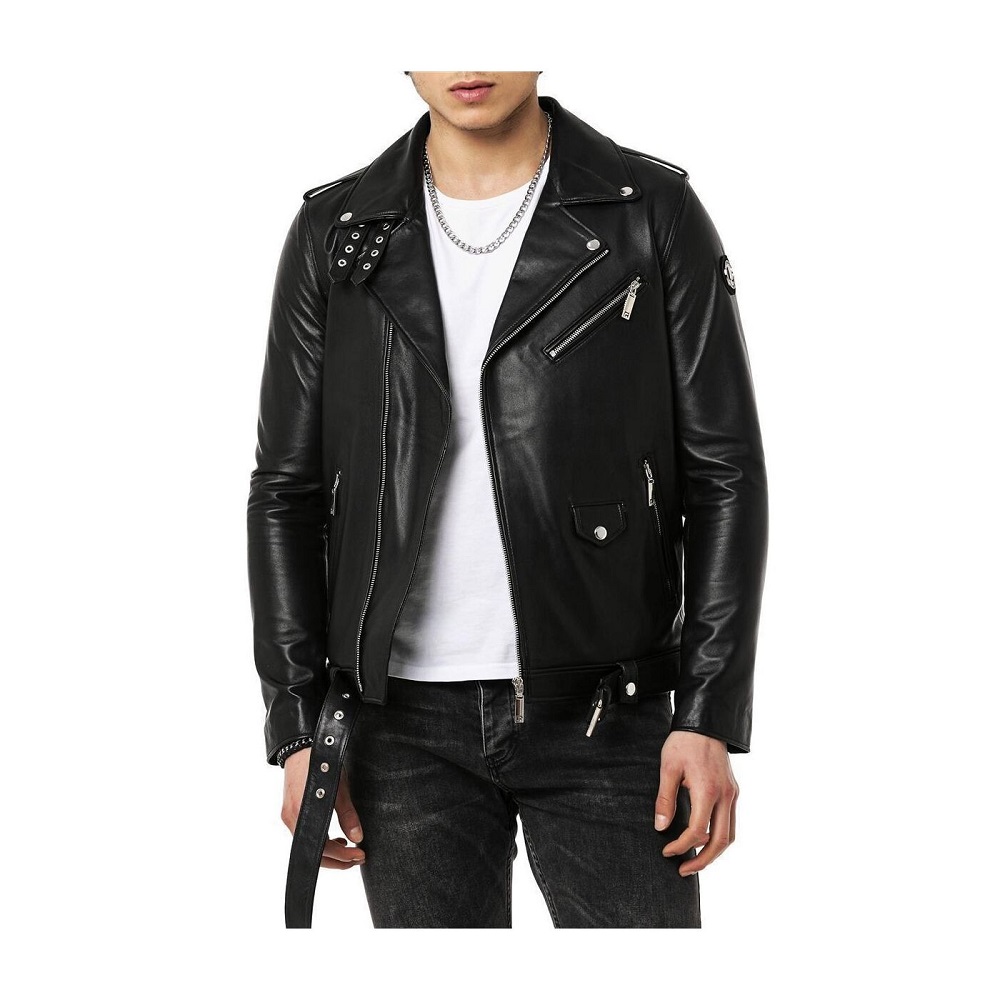
Conditioning the Leather
Importance of Conditioning
Conditioning your leather jacket is crucial for maintaining its softness and flexibility. Over time, leather can dry out, leading to cracking and stiffness. Conditioning helps replenish natural oils that leather loses through regular use. This process keeps the jacket supple and extends its lifespan.
Choosing the Right Conditioner
When selecting a leather conditioner, opt for products that are specifically designed for the type of leather in your jacket. Look for natural oils, such as neatsfoot oil or mink oil, as they provide effective nourishment without damaging the material. Avoid petroleum-based products, as they can leave the leather greasy or sticky. Reading labels and reviews, alongside seeking advice from leather experts, can ensure you choose the best conditioner for your jacket.
Applying the Conditioner
To apply conditioning, first, clean the jacket thoroughly. Once it’s dry, use a soft cloth or sponge to apply the conditioner evenly across the surface. Work in small sections and take care to cover seams and creases. Allow the conditioner to absorb for at least 30 minutes before buffing the surface with a clean, dry cloth. Regular conditioning, ideally every three to six months, will keep your jacket looking great and increase its resistance to wear.
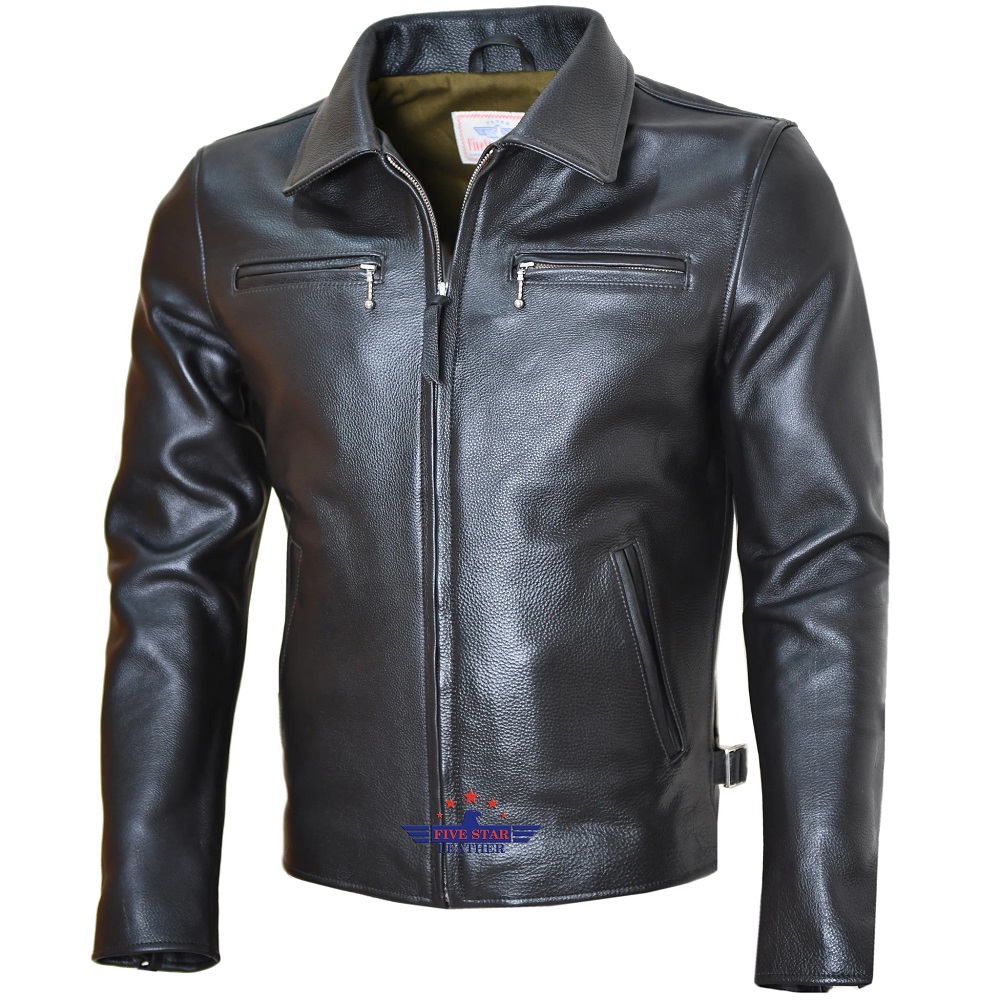
Protecting Your Leather Jacket
Waterproofing
Water and leather can be a problematic combination. For this reason, consider waterproofing your leather jacket. Specialized leather waterproofing sprays can create a protective barrier against moisture without affecting its appearance or breathability. Apply the product according to the instructions, ensuring a uniform coat. This additional protection is particularly important for those living in rainy climates or who frequently engage in outdoor activities.
Safeguarding Against Sunlight
Sunlight can cause leather to fade over time, diminishing its rich color and texture. To protect your jacket, store it away from direct sunlight when not in use. If you plan to wear your jacket in excessive sunlight, consider applying a UV protectant specifically designed for leather. This simple precaution can maintain the vibrancy and longevity of your jacket.
Avoiding Extreme Temperatures
Extreme temperatures can also harm leather. Avoid leaving your jacket in hot cars or near heat sources like radiators. Excessive heat can dry leather out, leading to cracks and fading. Conversely, extreme cold can make the leather stiff and more prone to cracking. Storing your jacket in a controlled climate with moderate temperature is preferable to maintain its quality and appearance.
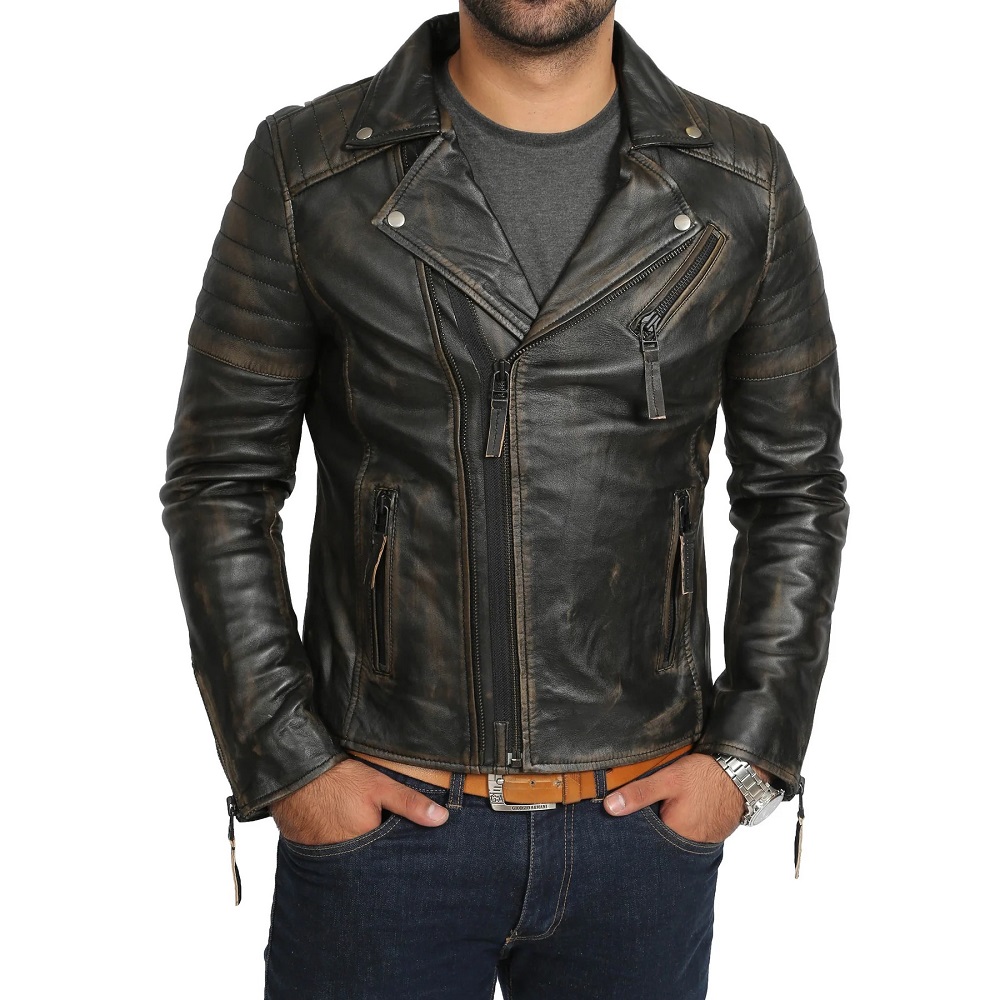
Proper Storage Solutions
Use of Hangers
When it comes to storage, using appropriate hangers is essential. Avoid cheap plastic or wire hangers that can distort the shape of the jacket. Instead, opt for padded or sturdy wooden hangers that provide the necessary support. This will help maintain the jacket’s shape and prevent creasing. Hangers with a broad design are best, as they distribute weight evenly and reduce stretching around the shoulders.
Storage in Dust Covers
Another protective measure is to use dust covers for storage. A breathable fabric cover will protect your leather jacket from dust, while allowing it to breathe. Avoid plastic covers, as these can trap moisture and lead to mildew or odor issues. Properly covering your jacket when not in use will extend its life and keep it looking pristine.
Seasonal Storage Considerations
In regions with diverse climates, seasonal fluctuations may require different storage approaches. If you live in an area with harsh winters, consider utilizing padded storage bins or garment bags for offseason jackets. Ensure the jacket is clean and conditioned before storing it away. Keeping the leather properly maintained during storage helps preserve its texture and appearance, allowing you to enjoy it as soon as weather permits.
Minor Repairs and Maintenance
Addressing Scuffs and Scratches
Over time, minor scuffs and scratches may appear on your leather jacket, especially with frequent use. To address these imperfections, a leather repair kit can be handy. Most kits include leather dye, adhesive, and a variety of tools for restoring the jacket’s appearance. For light scuffs, gently rubbing a moist cloth or a specialized leather eraser can sometimes restore the surface. Addressing these issues promptly helps maintain the jacket’s overall quality.
Stitches and Seams
Inspecting stitches and seams regularly is essential. If you notice loose threads or unraveling stitches, consider repairing them immediately to prevent further damage. Using a needle and thread to resew small areas can help maintain the jacket’s integrity. For larger or complex repairs, it may be best to consult a professional leather repair service. Taking this proactive approach will ensure that your jacket remains in excellent condition for years to come.
Dealing with Odors
Leather jackets can sometimes develop odors, especially if frequently worn in hot or humid conditions. To eliminate unpleasant smells, first, clean the jacket as previously described. After cleaning, allow it to air out in a well-ventilated area, but avoid direct sunlight. Sprinkling baking soda inside the jacket and leaving it overnight can absorb odors. For persistent smells, a specialized leather deodorizer may be necessary. This will keep your jacket smelling fresh and clean.
FAQ:
- How do I clean my real leather jacket?
- To clean a real leather jacket, use a soft, damp cloth to wipe away dirt and grime. Avoid soaking the leather. For deeper cleaning, use a leather cleaner specifically designed for your jacket type. Always test any cleaner on a small, inconspicuous area first.
- How do I condition my leather jacket?
- It’s important to condition your leather jacket every 6 to 12 months to maintain its suppleness and prevent drying out. Apply a high-quality leather conditioner with a soft cloth, following the manufacturer’s instructions and allowing it to absorb completely.
- Can I waterproof my real leather jacket?
- Yes, you can waterproof your real leather jacket by using a leather waterproofing spray or cream. Make sure the jacket is clean and dry before application. Test on a small area first, and reapply periodically to maintain waterproofing.
- What should I do if my leather jacket gets wet?
- If your leather jacket gets wet, gently blot the excess moisture with a soft cloth. Allow it to air dry at room temperature, away from direct heat sources like radiators or sunlight, which can cause cracking. After drying, apply a conditioner to restore moisture.
- How do I store my leather jacket properly?
- Store your leather jacket in a cool, dry place, ideally on a wide padded hanger to maintain its shape. Avoid plastic garment bags, as they can trap moisture. If you won’t be wearing it for an extended period, consider using a breathable cotton cover.
Conclusion: Cherishing Your Real Leather Jacket
The Value of Quality
In conclusion, caring for a real leather jacket is essential for maintaining its quality and longevity. Understanding the different types of leather, proper cleaning methods, and protective measures will enhance your ownership experience. Investing the time and effort into taking care of your leather jacket culminates in both a practical and stylish addition to your wardrobe.
Enjoying the Journey
Owning a leather jacket is more than just having a stylish piece of clothing; it’s about embracing an experience, a lifestyle, and a connection to heritage. The beauty of leather lies in its ability to develop character over time. With proper care, each scratch and mark tells a story, making it more unique. Cherishing the journey that your leather jacket represents can create a lasting bond between you and your garment.
Embracing the Lifetime Investment
Lastly, a real leather jacket often serves as a lifetime investment. By following a real leather jacket maintenance guide for long-lasting quality, you can ensure it endures for many years and even becomes a cherished family heirloom. As styles evolve, passing down a well-maintained leather jacket adds emotional value to the garment. So invest in proper care practices today, and enjoy the lasting beauty and functionality that your leather jacket provides for many seasons to come.

